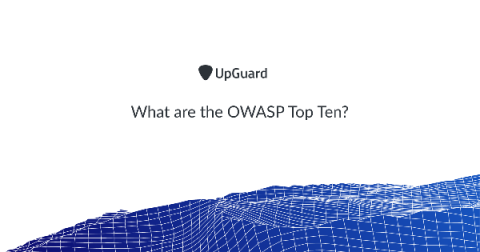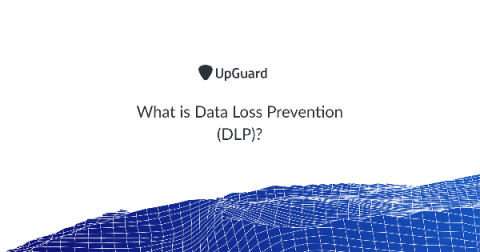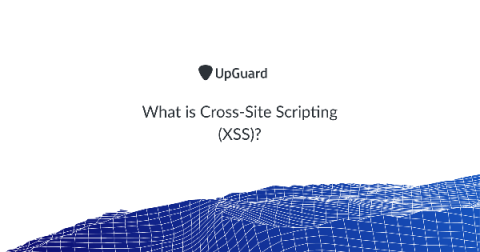What are the OWASP Top Ten?
The OWASP Top 10 is a regularly-updated report outlining the top 10 list of security concerns for web application security. The report is put together by a team of security experts around the world. OWASP refers to the Top 10 as an 'awareness document' and they recommend all companies incorporate the report's findings into the cybersecurity processes.









